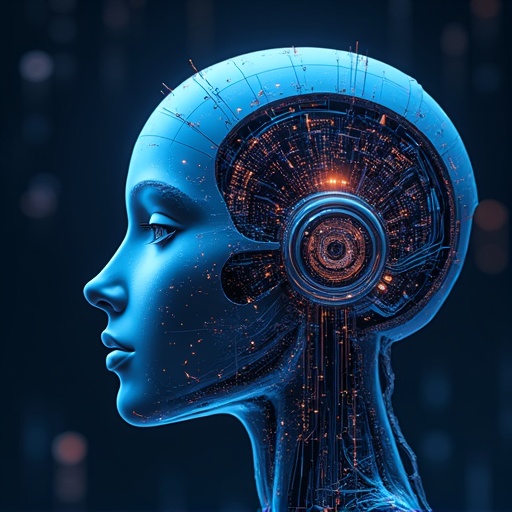“Key AI Technologies Shaping Modern Advertising: ML, NLP, and Computer Vision”
The advertising landscape is undergoing a radical transformation, driven by artificial intelligence. At the heart of this evolution are three key AI technologies—Machine Learning (ML), Natural Language Processing (NLP), and Computer Vision—each playing a pivotal role in making ads more personalized, engaging, and effective.
Machine Learning powers data-driven decision-making in advertising. By analyzing vast amounts of user behavior, purchase history, and engagement patterns, ML algorithms can predict customer preferences with remarkable accuracy. This enables dynamic ad targeting, real-time bidding in programmatic advertising, and optimized campaign performance. For instance, platforms like Google Ads and Facebook use ML to deliver ads to users most likely to convert, significantly improving ROI.
Natural Language Processing enhances how brands interact with consumers through text. NLP allows machines to understand, interpret, and generate human language, enabling smarter chatbots, sentiment analysis of social media, and automated content creation. Advertisers now use NLP to craft compelling copy tailored to specific audiences, analyze customer feedback at scale, and even detect emerging trends before they go viral. Tools like GPT-based systems help generate high-performing ad variations in seconds.
Computer Vision brings visual intelligence to advertising. It enables systems to recognize objects, faces, scenes, and emotions in images and videos. This technology is revolutionizing visual search, where users can upload an image to find similar products. In digital ads, computer vision helps optimize creative content by testing which visuals perform best, detect brand safety issues, and even track consumer reactions in real-world settings via facial recognition (with ethical safeguards). Retailers use it for virtual try-ons, while social media platforms leverage it to auto-tag products in images.
Together, these AI technologies are creating a smarter, faster, and more responsive advertising ecosystem. As AI continues to evolve, marketers who embrace these tools will gain a competitive edge—delivering relevant messages at the right time, through the right channel, and in the most impactful way possible. The future of advertising isn’t just digital—it’s intelligent.


